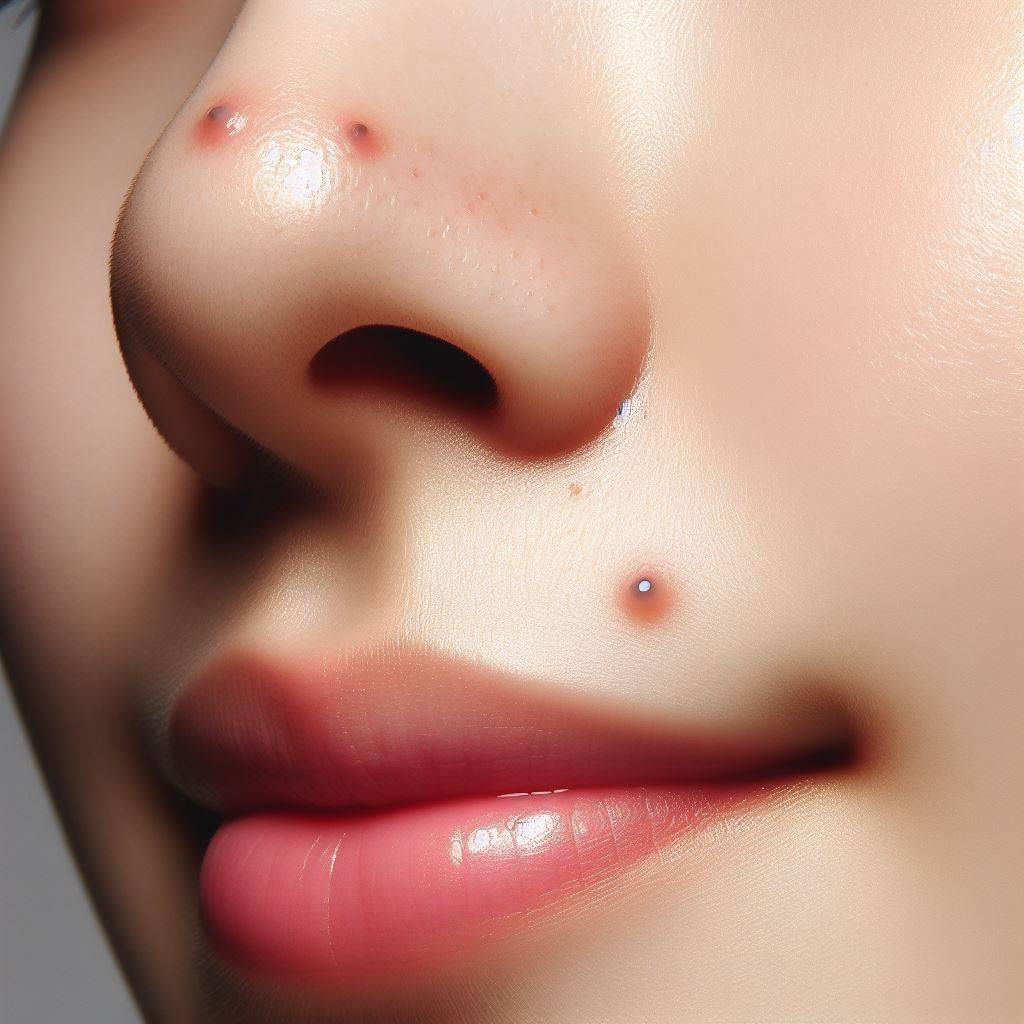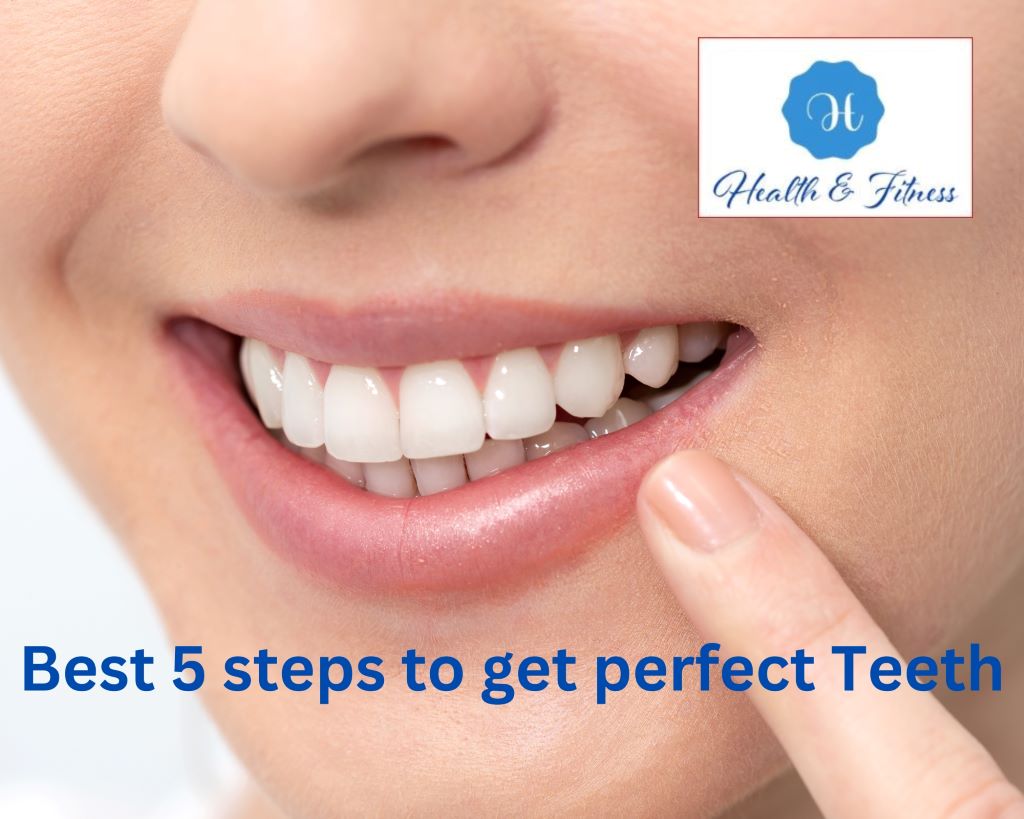Unlock the secrets to smoother skin with our expert tips for managing open pores on the nose. Discover effective solutions for clearer, healthier-looking skin!
Intorduction
Open pores on the nose are a common complexion concern that can leave skin looking rough and shiny. While pores are a natural part of the skin, dealing with visibly large or dilated pores on the nose area can be frustrating. Fortunately, with the right skincare approach, the appearance of open pores on the nose can be significantly minimized for smoother, more flawless-looking skin.
In this comprehensive guide, we’ll explore proven tips from dermatologists on how to treat open pores on the nose and achieve that coveted pore-free complexion. From understanding the root causes of tailoring your skincare routine, you’ll find all the information you need right here.
What Causes Open Pores on the Nose?
Before we dive into solutions, it’s important to understand what leads to visible, dilated pores. Some of the key factors that contribute to open pores on the nose include:
Excess Oil Production
The nose contains a higher concentration of sebaceous glands that produce sebum (skin oil). When these glands become overactive, excess oil can stretch out pores and make them appear larger.
Clogged Pores
Dead skin cells, dirt, sweat, and other impurities can accumulate within the pore lining and cause pores to become clogged or obstructed. As this debris builds up, pores dilate and appear more open.
Sun Damage
Exposure to UV radiation from the sun damages the collagen and elastin fibers that help keep pores tight and small. As these supportive fibers break down, pores lose their ability to maintain a contracted shape.
Loss of Elasticity
As we age, the skin’s natural elasticity decreases because of lower levels of collagen and elastin. This causes pore walls to become weaker and less able to retain their tight, small shape.
Genetics
For some individuals, visible pores on the nose may simply be a genetic predisposition related to larger pore sizes and thicker skin texture.
Now that we understand the major culprits behind open pores on the nose, let’s explore tactics and skincare ingredients to help minimize their appearance.
Top Tips for Treating Open Pores on the Nose
- Use a Salicylic Acid Cleanser
Salicylic acid is a beta-hydroxy acid that helps break down oil, impurities, and dead skin cells within pores to keep them clear. Using a daily facial cleanser containing 0.5-2% salicylic acid is an effective first step.
Some top-rated salicylic acid cleansers include:
- La Roche-Posay Effaclar Medicated Gel Cleanser
- CeraVe Renewing SA Cleanser
- Paula’s Choice CLEAR Pore Normalizing Cleanser
- Exfoliate Regularly
Dead skin cells and debris can quickly accumulate and clog pores if not removed through exfoliation. Both physical scrubs and chemical exfoliants containing alpha-hydroxy acids like glycolic acid or lactic acid are beneficial.
Just be sure not to over-exfoliate, which can damage the skin. Start with lower concentrations of chemical exfoliants if you’re new to them.
Some exfoliating product picks:
- The Ordinary Lactic Acid 10% + HA
- Pixi Glow Tonic with 5% Glycolic Acid
- First Aid Beauty Facial Radiance Pads
- Incorporate a Retinoid
Retinoids not only help increase cell turnover to keep pores clear, but they also boost collagen production over time to improve pore appearance and tightness. You can find retinol in over-the-counter products or get a stronger prescription retinoid from a dermatologist.
Popular OTC retinol products:
- The Ordinary Granactive Retinoid 2% in Squalane
- RoC Retinol Correxion Deep Wrinkle Facial Filler
- Olay Regenerist Retinol 24-Night Moisturizer
- Use a Clay Mask
Clay masks made with ingredients like bentonite or kaolin clay can help absorb excess oil and draw out impurities from clogged pores. Use a clay mask 1-2 times per week as part of your routine.
Cult-favorite clay masks:
- Innisfree Jeju Volcanic Color Clay Mask
- Aztec Secret Indian Healing Clay
- SkinCeuticals Clarifying Clay Masque
- Choose Non-Comedogenic Products
Using heavy, pore-clogging skincare or makeup products will only worsen the appearance of open pores. Always check labels and choose non-comedogenic, oil-free formulas that won’t contribute to blockages.
Look for terms like:
- Non-comedogenic
- Oil-free.
- Won’t clog pores.
- For acne-prone skin
- Protect Against Sun Exposure
UV damage is a major culprit that causes pores to lose their firm shape over time. Be diligent about using a broad-spectrum SPF 30+ sunscreen daily and reapplying as needed.
Sunscreens are well-suited for oily/acne-prone skin:
- EltaMD UV Clear Tinted Sunscreen Broad-Spectrum SPF 46
- La Roche-Posay Anthelios Ultra-Light Mineral Sunscreen SPF 50
- CeraVe AM Facial Moisturizing Lotion SPF 30
- Consider Professional Treatments
For more stubborn, enlarged pores that don’t improve with topical products alone, explore professional treatment options with a dermatologist or medical aesthetician. Popular choices include:
- Chemical peels (e.g. glycolic acid, lactic acid peels)
- micro-needling or micro-channelling treatments
- Lasers like the Fryxell laser
- Intense pulsed light (IPL) therapy
Open Pores on the Nose: Prevention Tips
The key to dealing with open pores is tackling the issue from multiple angles through consistent skincare habits and lifestyle adjustments. Besides the tips above, these prevention strategies can help stop pores from becoming enlarged in the first place:
- Always remove makeup before bed
- Gently exfoliate at least once a week.
- Drink plenty of water to stay hydrated.
- Manage stress levels, which can influence oil production.
- Avoid harsh scrubbing or picking at pores.
- Use hydrating products and avoid over-drying skin.
- Don’t sleep with makeup on
- Regularly replace pillowcases to avoid dirt/oil build-up.
Steps for a Comprehensive Open Pores Treatment Routine
Here’s a simple daily routine encompassing many of the above techniques that can help reduce the look of pores:
Morning:
- Cleanse with a salicylic acid face wash.
- Apply vitamin C serum.
- Use a light, gel-based moisturizer.
- Finish with SPF 30+ sunscreen
Evening:
- Remove makeup thoroughly.
- Double cleanse if wearing heavy makeup or sunscreen.
- Use retinol serum or cream.
- Apply a clay mask 1-2 times per week.
- Seal everything with a moisturizer.
Stick to a consistent routine like this while using non-comedogenic products, and you should start seeing a visible improvement in the appearance of open pores within 4-8 weeks.
Conclusion
Open pores on the nose are pesky complexion issues caused by excess oil production, clogged pores, sun damage, aging, and sometimes genetics. While you can’t permanently eliminate pores, sticking to the dermatologist-approved tips and techniques above can make a significant difference in minimizing their appearance.
Using chemical exfoliants, clay masks, retinoids, and non-comedogenic products tailored for your skin type creates the perfect multi-pronged attack to treat open pores. Don’t forget the importance of sun protection, gentle cleansing, and managing internal stressors, too. With patience and consistency, you can achieve smoother, more flawless-looking skin.
Frequently asked questions
Can I physically squeeze out blackheads and clogged pores?
It’s best to avoid picking or squeezing at pores, as this can further damage and stretch them out. Rely on chemical exfoliation with ingredients like salicylic acid or retinoids to clear clogs gently. If you must extract blackheads, see an experienced professional.
How long will it take to see results from a pore-minimizing routine?
Results can vary, but you should start noticing an improvement within 4-8 weeks of following a comprehensive routine consistently. More stubborn pores may require 12 weeks or longer. Be patient and persistent.
Do pore strips or pore vacuums help?
Pore strips and vacuum extractors can temporarily make pores look smaller by pulling out debris and oil, but they ultimately provide very short-term results. These can also damage pores with overly aggressive extraction over time.
Will drinking more water minimize my pores?
While staying hydrated is great for overall skin health, drinking more water alone won’t dramatically shrink the look of pores. You’ll need a multi-faceted approach targeting the root causes.
Can I use the same products to minimize pores all over my face?
The techniques here pertain specifically to the more stubborn pores on the nose area, which tend to be the biggest concern. However, many of the same ingredients can help minimize pores on other areas of the face as well.



